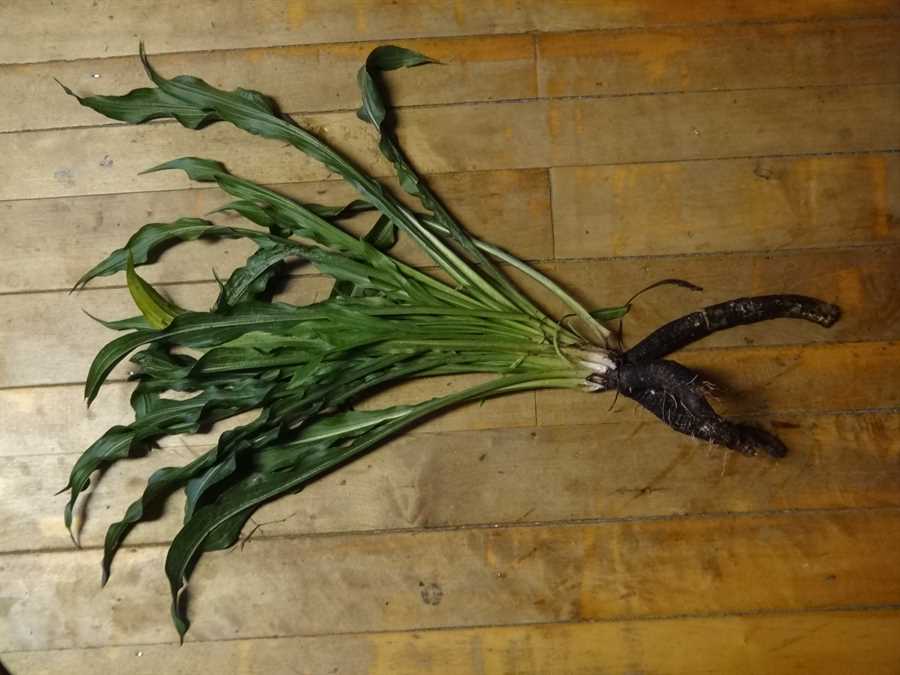Chantenay Red carrot
Price range: $4.00 through $8.00
Carrots tend to struggle in our fairly heavy soil, but Chantenay Red has been reliable, producing in short, stout, delicious roots.
NOTE: Carrot seed is an experiment for us. Because carrots cross with wild carrot/ Queen Anne’s lace, almost all seed companies in eastern North America buy their carrot seed from west of the Rockies (where wild carrot doesn’t grow yet, though it’s spreading). We have decided to experiment with growing our own carrot seed, and we don’t believe in massacring the wildflowers, so this means that inevitably a certain percentage of the carrots you get will be crossed up. Fortunately, you can easily remove these when you harvest: they will have pale, branchy, strong-tasting roots. The crosses are not poisonous, so there is no risk, and you can have the happy knowledge that you’re contributing to a more resilient local seed system!
We grow our own carrots using our own seed, so we can check the crossing rate; however, carrot seed only lives for about a year, so we don’t have the results for this year’s seed, only last year’s. In 2022, our carrot seed was about 97% pure and 3% crosses.
Biennial. Plant in late May; sow 1/4” deep, 1/4” apart in rows 20” apart; thin to 2”. Carrots love potassium; for sweeter carrots, if soil pH is low, sprinkle thin layer of wood ash and rake it into the top few inches of soil. Keep rows moist and covered with boards until seedlings emerge. Dig before ground freezes, but some frost is fine. Break off tops; store in boxes with 1” layers of damp sawdust, leaves, peat moss or sand between layers of carrots. Store cold and moist.





